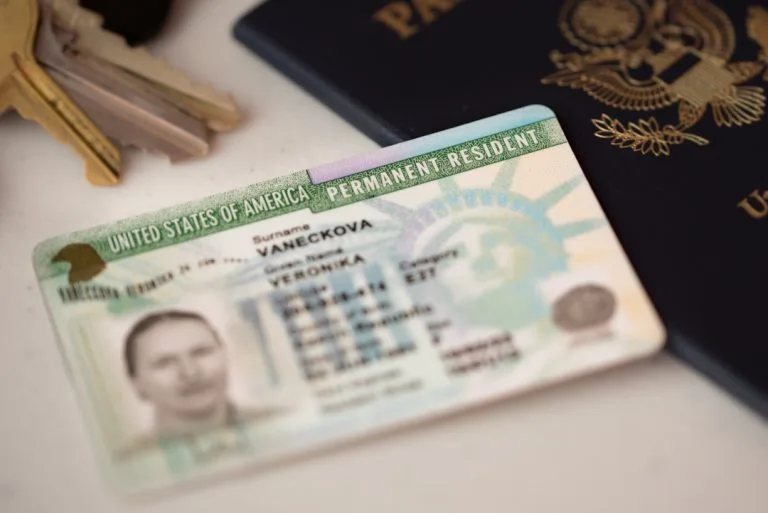
If you’re deciding between EB-1A and EB-2 NIW, start here. This guide explains EB-1A vs EB-2 NIW in plain English, shows the EB-1A criteria and EB-2 NIW requirements (Dhanasar), and gives you a 90-day plan to qualify — especially useful for founders, researchers, and senior engineers.
You need 3+ below (or a major award). Then you must still pass final-merits (showing your recognition is set apart and sustained).
1. Lesser nationally/internationally recognized awards
Docs: certificates, selection criteria, number of competitors, press coverage.
2. Selective memberships requiring outstanding achievements
Docs: bylaws proving achievement-based admission, acceptance notices.
3. Published material about you in major media or top trade outlets
Docs: articles, interviews; circulation/traffic metrics; independent authorship.
4. Judging the work of others
Docs: peer-review invitations/completions, program committee roles, hackathon judging.
5. Original contributions of major significance
Docs: adoption letters from third parties, production use, patents implemented, standards impact.
6. Authorship of scholarly articles
Docs: publications list, citations & field-norm context.
7. Artistic exhibitions/showcases (arts)
Docs: curated programs, catalogs, gallery prestige evidence.
8. Leading/critical role for distinguished organizations
Docs: org prestige (press, funding, customers) + your role’s outcomes.
9. High salary or remuneration
Docs: contracts, W-2/1099, credible market benchmarks.
10. Commercial success in the performing arts
Docs: box office, streams, sales charts.
Final-merits tips:
It’s a waiver of the usual EB-2 job-offer and PERM requirements when your proposed work benefits the U.S. and you’re well-positioned to deliver that benefit. You still file an I-140, but you can self-petition.
NIW evidence themes that work
Weeks 1–3 — Audit & pipeline
Weeks 4–6 — Visible artifact & adoption
Weeks 7–9 — Traction & proof
Weeks 10–12 — Assemble filing
Notes: Premium processing accelerates I-140 only; it doesn’t speed up the I-485. Always check current visa availability for your country of chargeability.
Free case assessment: Upload your CV + a short note about your endeavor. We’ll tell you whether EB-1A or NIW is stronger and give you a 90-day plan.
Is premium processing available for EB-2 NIW and EB-1A?
Yes. Premium processing is available for I-140 filings in both categories. It speeds up I-140 adjudication only; it does not accelerate the I-485.
Do I need a job offer or PERM for EB-1A or NIW?
No. Both categories allow self-petitioning. NIW waives the job-offer and PERM requirements when Dhanasar is met.
How many EB-1A criteria do I need?
Either a major award or at least 3 of the 10 criteria, plus a favorable final-merits determination.
What is the Dhanasar test in plain English?
Show that your endeavor benefits the U.S., you are well-positioned to advance it, and waiving the job offer/PERM is beneficial on balance.
Can startup founders qualify for EB-1A or NIW?
Yes. For EB-1A, focus on press, judging roles, major-significance impact, and critical leadership. For NIW, emphasize national importance, traction, pilots/LOIs, and why you’re uniquely positioned.
Do software engineers qualify for EB-1A?
Yes, when the record shows elite recognition — standards leadership, patents in production use, judging roles, top-tier press, or a critical role at a distinguished company.
Do I need a business plan for EB-2 NIW?
Not mandatory, but a concise roadmap or business plan strengthens Prongs 1–2 by clarifying merit, milestones, and feasibility.
Can I file I-140 and I-485 together (concurrent filing)?
Yes, if your Visa Bulletin category is current.
What happens if I get an RFE?
Answer directly with objective, third-party-verifiable evidence. Tighten your final-merits (EB-1A) or Dhanasar (NIW) logic and clearly map exhibits to each point.
Where does “USCIS EB-1A” guidance fit into my case?
USCIS policy/manuals define the criteria and final-merits framework. Use them as your outline: map each exhibit to a specific criterion and then to the overall elite-status narrative.
Both the EB-1 and EB-2 visa categories offer valuable pathways to permanent residency for highly skilled professionals. The EB-1 category is suited for those at the very top of their fields, while the EB-2 category provides opportunities for individuals with advanced degrees or exceptional ability. Choosing the right category depends on your individual qualifications, achievements, and career goals.
Navigating the complexities of employment-based immigration requires careful planning and expert guidance. If you're considering applying for an EB-1 or EB-2 visa, we encourage you to seek professional advice to develop a personalized immigration strategy.
At LegalOS, we specialize in helping businesses and individuals navigate the U.S. immigration system efficiently and cost-effectively. Our AI-powered platform, combined with expert legal guidance, can streamline your visa application process and maximize your chances of success.
Contact us today for a consultation and take the first step towards achieving your U.S. immigration goals.